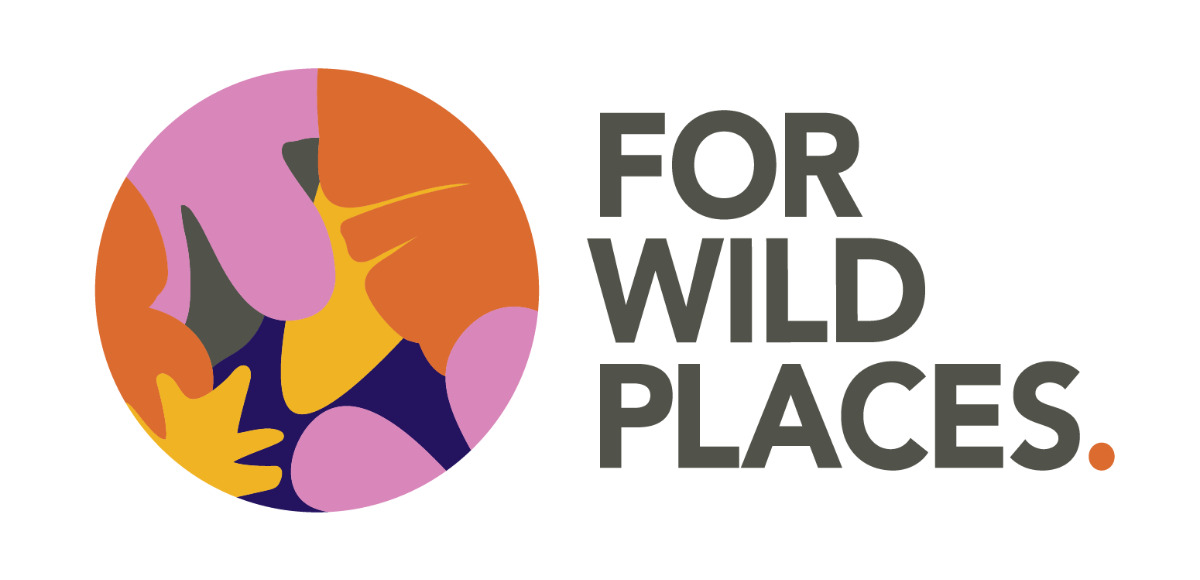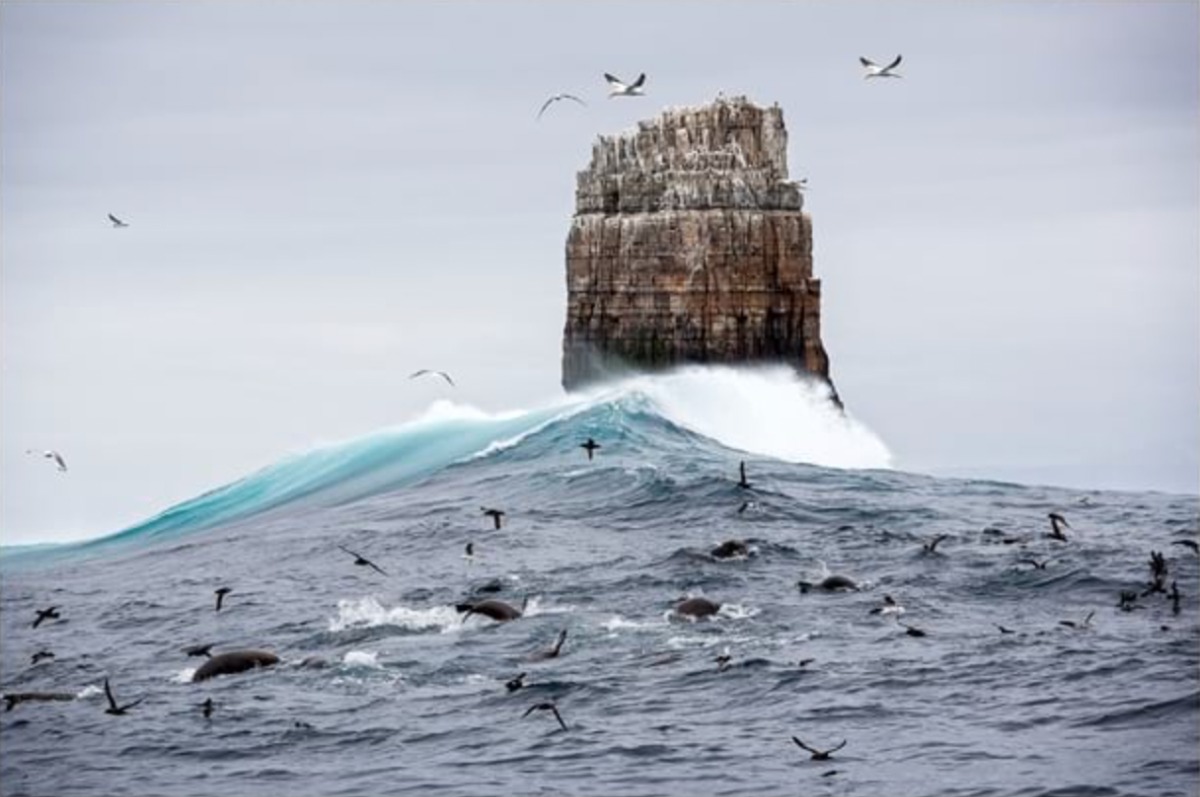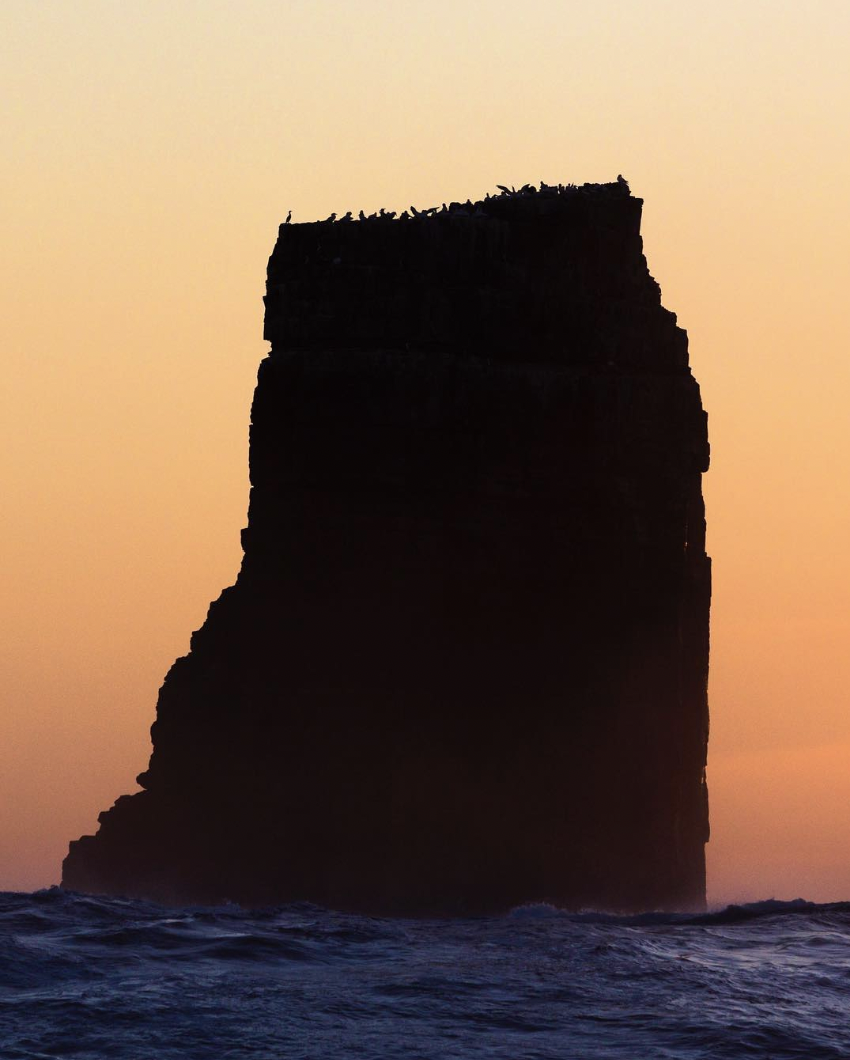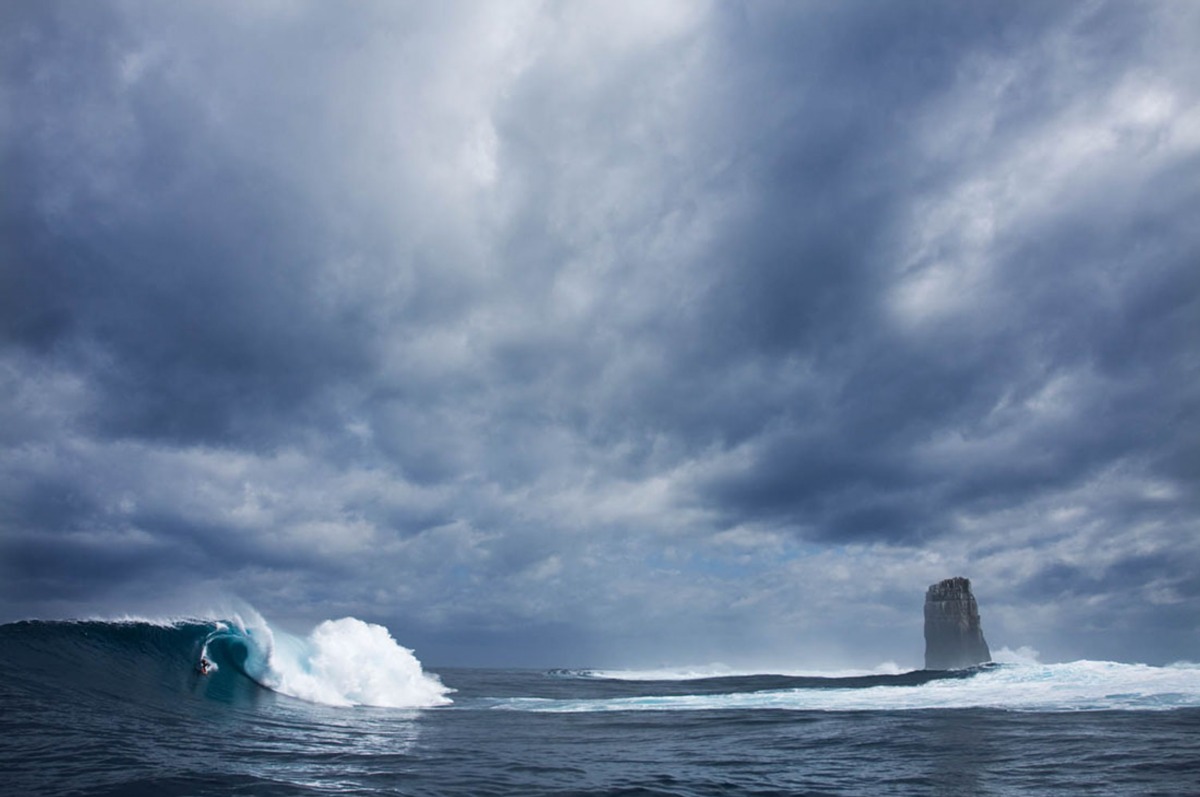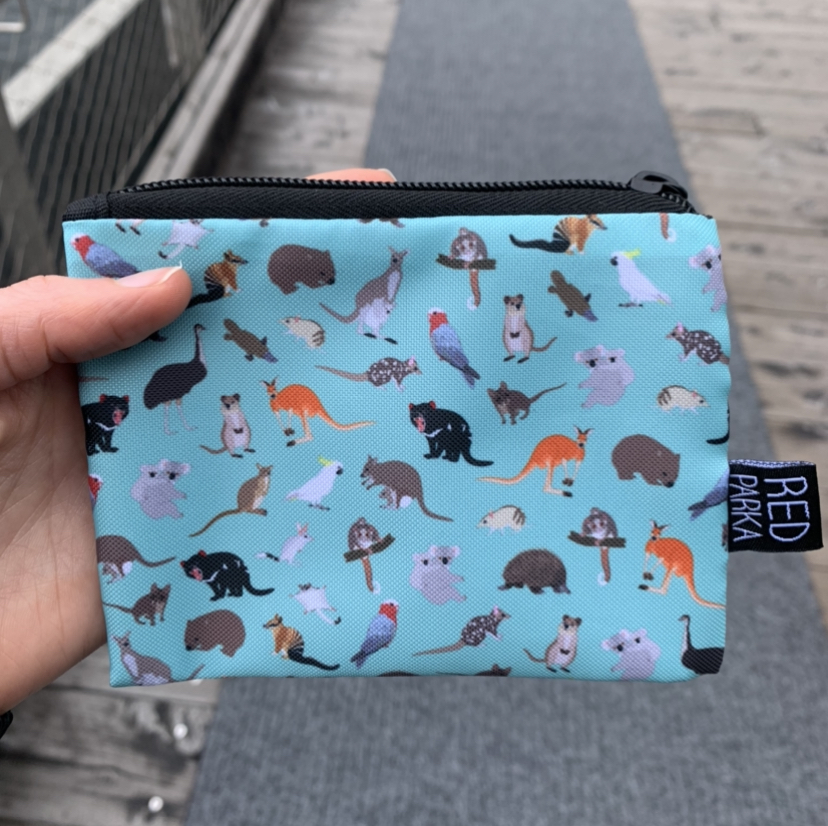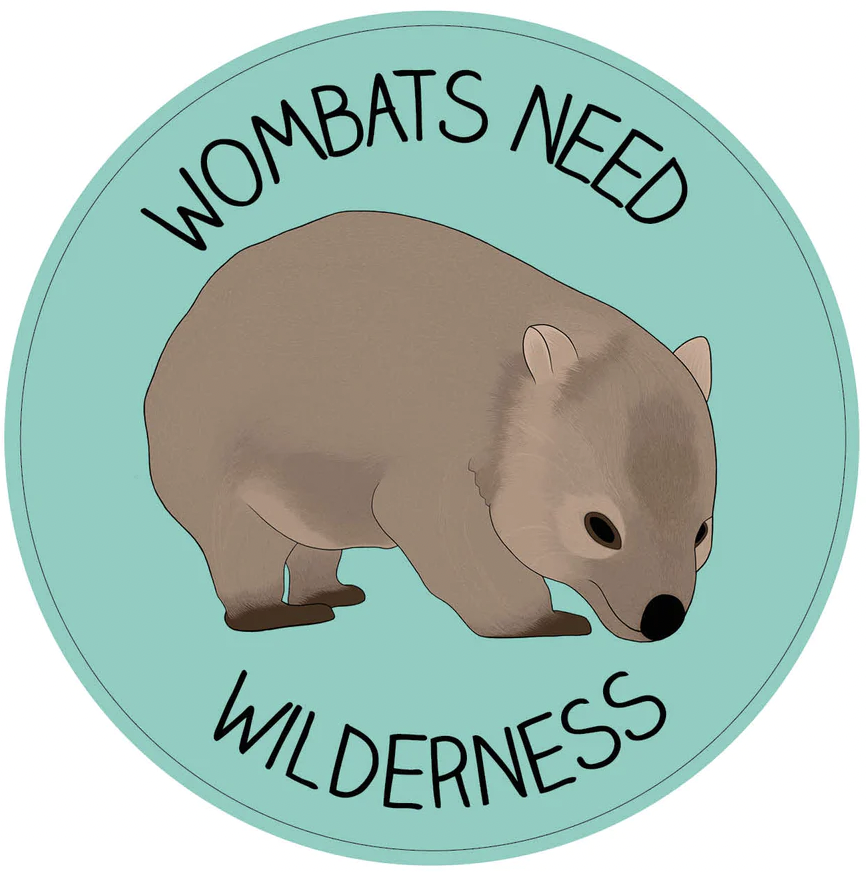02.12.2022 | Rocks & wildlife
Dec 01, 2022 11:01 pm
We protect what we love
FRIDAY . 02.12. 22.
Good morning wonderful humans. We hope this finds you well on the second day of summer, which finally feels like it's here after a record-breaking soggy spring in Victoria. It only takes a few warm days to have us thinking about fire season, and what the 2022-23 summer may bring. It may be too soon, but you can never be too prepared when it comes to fire safety. Now is the perfect time to take a read through the CFA's Fire Ready Kit or the RFS Plan & Prepare site which outlines how to prepare, what to look out for and how to stay informed.
Today I'm coming to you from Gunaikurnai Country, in Victoria's east. I'm excited to be spending the next few days exploring trails and places for a potential new FWP event in 2023, so watch this space!
In the meantime, soak up the weekend sunshine, remember to slip, slop, slap & slide and enjoy being able to play 'All I Want for Christmas' on repeat without affecting your 2022 Spotify Wrapped!
The content in this week's newsletter has, again, been inspired by Elle's recent adventure to lutriwita/Tasmania. We look at the biodiversity of incredible rock formations off the south coast of Tasmania, and also recommend a local brand for some Christmas gifts. Enjoy!
EDDYSTONE ROCK
Eddystone Rock, lutriwita/Tasmania, by Andy Chisholm
Photographer and surfer Andy Chisholm was taking a break from surfing Pedra Branca when he captured this "feeding frenzy"; a school of baitfish were suddenly being attacked by predators - kingfish and tuna from below, New Zealand fur seals piling in from the side, and albatross and seagulls spearing out of the sky. In the background you have Eddystone Rock - an ancient remnant of mainland Australia, that is located about 30kms off the south coast of Tasmania.
I came across this image whilst wandering Salamanca markets. As someone who grew up surfing, I had an immense appreciation of the technicalities of capturing such a stunning image. I was also in awe of the rhythms of life at play in the foreground. I am now the proud owner of this image, which is hanging beside my desk. As a Harry Potter fan, I also love that it reminds me of Azkaban (and I can hear is Belatrix Lestrange's laugh ringing from my frame).
It was only after I got home to Sydney that I started researching Eddystone Rock, and became aware of the rich biodiversity in the area. I thought I'd share my findings with you...
Birdlife silhouettes on Eddystone rock. 📷 Andy Chisholm.
Pedra Branca and Eddystone Rock
The rocks of Pedra Branca, including Eddystone Rock, are contained within the Southwest National Park, part of the Tasmanian Wilderness World Heritage Site. The area is known for its massive swells that roll in from the Antarctic. The wave that comes up out of the super-deep water and breaks over a reef shelf is known as the Pedra Branca wave. It's been described as "the monster where the world ends" - a fast, heavy and unpredictable wave, that has taken the lives of 22 fisherman and a number of scientists. For those who surf this wave, a wipeout results in serious injury - broken bones, unconsciousness and torn muscles.
And if the high risk of injury, freezing antarctic currents and gigantic swells aren't challenging enough - bigger fish than tuna frequent these waters 🦈. This wave isn't for the faint hearted. You can watch a short video of the waves at Pedra Branca/Eddystone Rock here.
Pedra Branca wave to the left and Eddystone rock to the right. Photo by Stu Gibson. Source.
Wildlife
As you can tell from Andy's photographs, the area is rich in biodiversity. Seabirds recorded nesting here include Australasian gannets, black-faced cormorants and fairy prion. In addition, the rocks (Pedra Branca and Eddystone) are identified by BirdLife International as an Important Bird Area, because they support over 1% of the world's population of shy albatross and Australasian gannets.
🦭 🪨 🦭
RED PARKA
A Tasmanian brand that celebrates and showcases the amazing animals, nature and biodiversity of our world
Red Parka is the creative business of two Tasmanian artists - Jen and Tracy - who share a deep passion for animals, bushwalking, coffee and all things bright and colourful. Their work endeavours to make people feel happy and connected to the earth, while encouraging and fostering love and care for the natural world. They also donate 50% of profits to good causes each year, including environmental, conservation, animal protection, humanitarian, lgbtqia+ and equality causes.
I stumbled across Red Parka at the Mona ferry terminal. Coincidentally my wallet had completely broken the day before, and the lovely animal designed wallets captured my eye. I bought a few, knowing that I was partaking in several "Secret Santas" in December.
A Red Parka wallet, made from recycled plastic.
There are many beautiful things to purchase from Red Parka, including stickers (one is pictured below), wrapping paper, wallets, Yay Gay pride pins, prints, greeting cards and more. (NOTE: Hilary here! I brought the enamel plates, bowls & cups for my niece and nephew and they still use them, 5 years later! They can name all of the animals on there, from the well-known to the rare. They are fantastic gifts for the young adventurers in your life!)
If you're looking for stocking fillers or a reasonably priced Secret Santa gift, I highly recommend browsing the Red Parka website.
Red Parka donates $1 to animal and conservation charities for every sticker sold. They're also designed and printed in Tasmania.
🐨 🌈 🐨
That's all from us this week folks! Have a wonderful weekend exploring and appreciating wild places. And as always, thank you for taking the time, for wild places. ✌🏽
Elanor & the For Wild Places team
UPCOMING EVENTS
15/12 Trail Chat #8 with Simone Brick | register
11/02 Trail First Aid Course, Arthurs Seat | register
25/02 takyana Trail, Waratah, Tasmania | register
We acknowledge the the First Nations people who have been custodians of land, waters and culture for tens of thousands of years. We pay respects to First Nations Elders past, present and emerging.
This email was written on the lands of the Gadigal people of the Eora nation. To these people, we pay our respects.
Always was, always will be.
